lend me ur eyes 076
[ 17 / 03 / 2024 ]
In the Mike Nichols film Heartburn (1986), Jack Nicholson plays a newspaper columnist. It is an aspect of his character that is more setup than anything substantial, the film primarily being about his relationship rather than his work. In one scene, he is having a dinner with some friends and one of them tells a funny story. Nicholson's character laughs, and then asks the friend whether he can take the story and use it as material for his column, presumably passing the story off as his own. The friend objects. Nicholson's character argues that his friend isn't a writer and has no plans to ever publish anything, so surely the story is fair game. My friend AF went swimming last week––he told us all via WhatsApp––and managed to swim a full length before realising he had his iPhone in the pocket of his swimshorts. He took the phone out after that, and found it was working fine. When he went to charge it later, a message came up saying "charging is not available because liquid has been detected in the Lightning connector. Disconnect to allow the connector to dry." He thought this message was interesting. I am convinced the message, and wider incident, says something about modern life, but at this point I am not sure exactly what. Heartburn is set in the 1980s, which means Nicholson's character is probably earning serious money for his column. It is, after all, seemingly his only job. No one is paying me to write this newsletter (in fact, I'm paying Buttondown $9 a month to host it), and yet here I am stealing AF's story, for ends that are currently unclear. Yesterday, SH argued that would be worth me undertaking a social activity that I was reticent to participate in, because, in doing it, I might experience something I could then write a newsletter about. I found her point compelling and have agreed to attend the event. Not much new or unusual is happening in my life lately, but that will change now. I have newsletters to write.
LISTENING

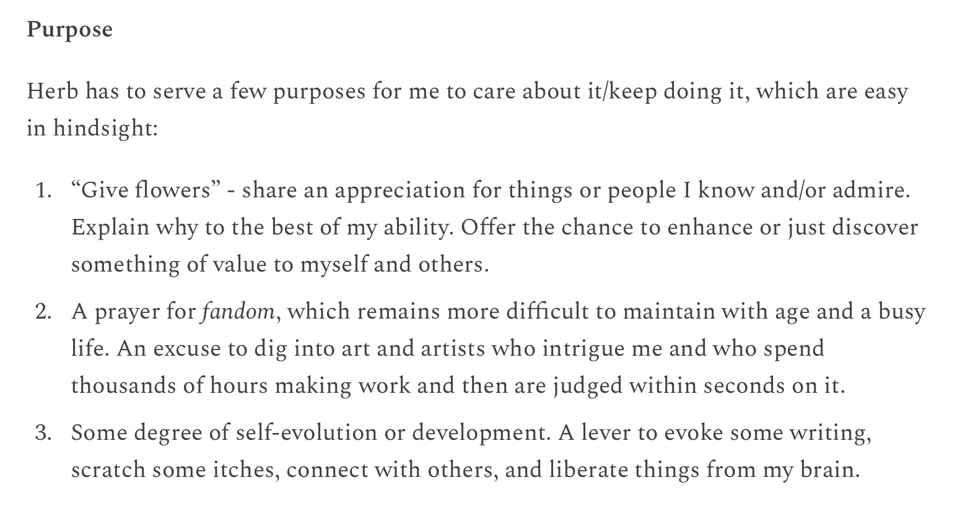
I've been working my way through the playlist series, Herb Sundays, which is put together by Sam Valenti, founder of the record label Ghostly (which I have always had a soft spot for, partly because of their branding and goods). Herb Sundays is a series of playlists compiled by various musicians, writers, and cultural figures that are serious about listening, each presented with nice artwork and some editorial about the submitting individual. The "Herb" of the title refers to slang for an uncool person, and, as such, the mixes are supposed to avoid any posturing or pretences towards sophistication. The "Sundays" is self-explanatory––and also my favourite day of the week. I love a good side project and this is one of the most well formed and enjoyable ones I've seen in a while. Speaking about the project, Valenti says it came from a desire to reconnect with people during pandemic lockdowns, and to make "something [he] can do [himself] and for fun." As far as motivation goes, I can't argue with that. In the picture above, which comes from a post reflecting on sharing 100 playlists, you can also see some more of the motivating factors, which, despite being a bit cheesy, again, I do really like. (I'd genuinely recommend reading that whole post, which muses concisely on questions regarding audience, constraints, competition, self-sabotage, and getting things out: "'shipping' is freedom," as he says. As for the actual playlists, you can tell me which ones are good, because I've only started going through them myself, but from those I've sampled so far, I like Hua Hsu's compilation of "music for making breakfast, taking a long walk by yourself, or sitting online talking to your friends;" Huerco S's car playlist of 90s/2000s "post hardcore, slacker rock, emo, math rock, s******e, indie alt post whatever;” and ML Buch's mix of "songwriting, riffs and scores."
Ross Sutherland's podcast Imaginary Advice has also reached the 100th episode milestone recently, having been around for 10 years. I can't remember when I first started listening to this show or how I found it, but it's very good. (I can also endorse Sutherland's 2015 essay film Stand-By for Tape Back-Up.) The show's concept, as described by Sutherland in the 100th episode, involves him setting himself challenges for creative writing scenarios or stories that make the act of writing more difficult, in the hope that through the constriction and challenge, something meaningful can be achieved. It is about deconstruction and about stretching the edges of the medium, or collapsing it altogether to create something new. If you know me, then you will know that this is something that I like. The concept of the 100th episode is is a sendup of the clip show format that sees various guests select their favourite episodes from the show's archive, the twist being that these episodes do not exist but are instead fictional segments that take the form of various provocations for what would be the most difficult or unexpected radio formats or story topics to create. It's silly and fun! From the previous 99 episodes, Sutherland's own recommended starting points are as follows: "Six House Parties, a story of revenge told through the medium of fancy dress; Exorcist Dave Stewart, where hauntings are revealed to be demonic art installations; S.E.I.N.F.E.L.D., where Ross teaches an AI to do stand-up comedy; or Re: The Moon, an episode about our ability to compare the moon to just about anything."
READING
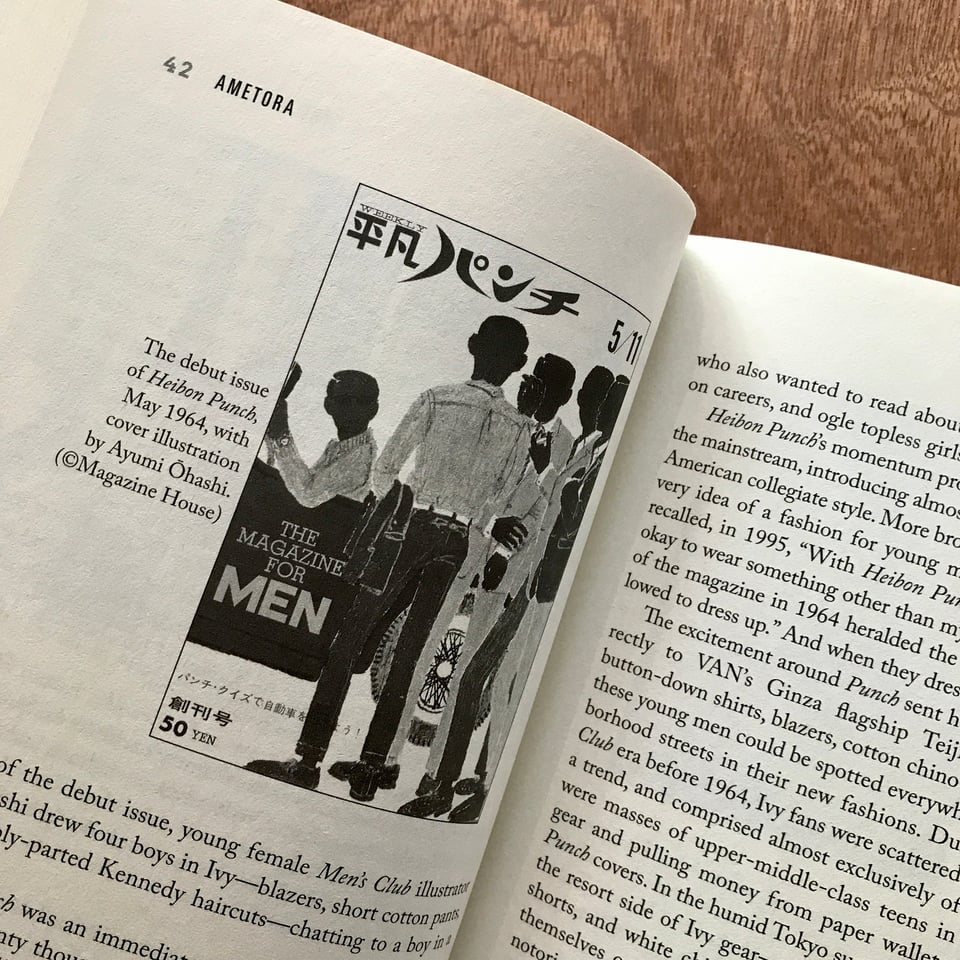
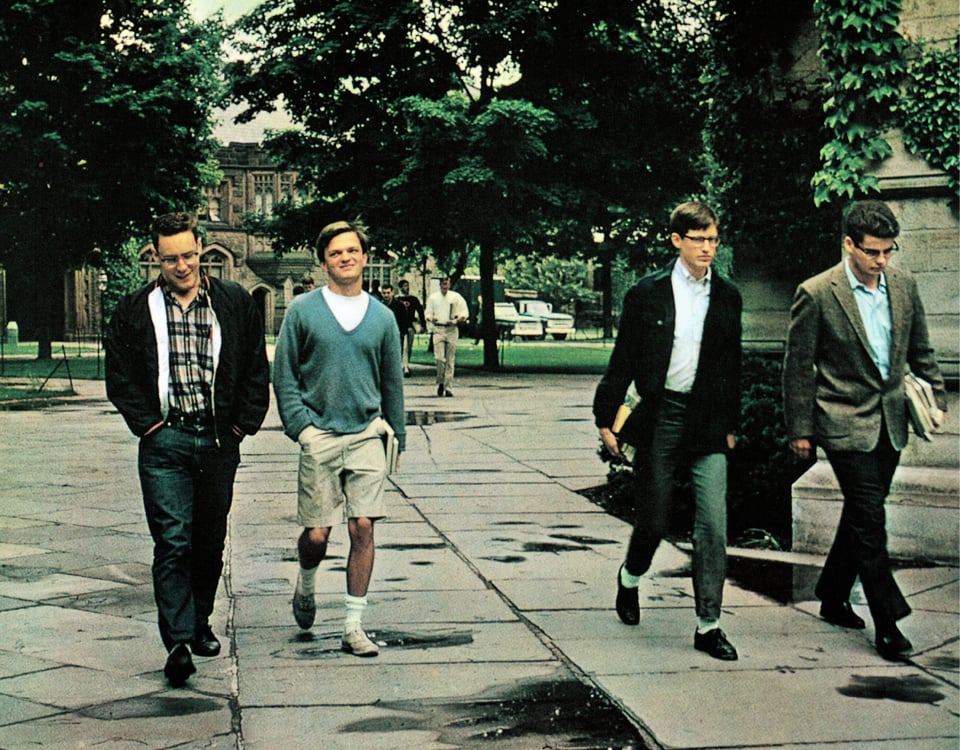
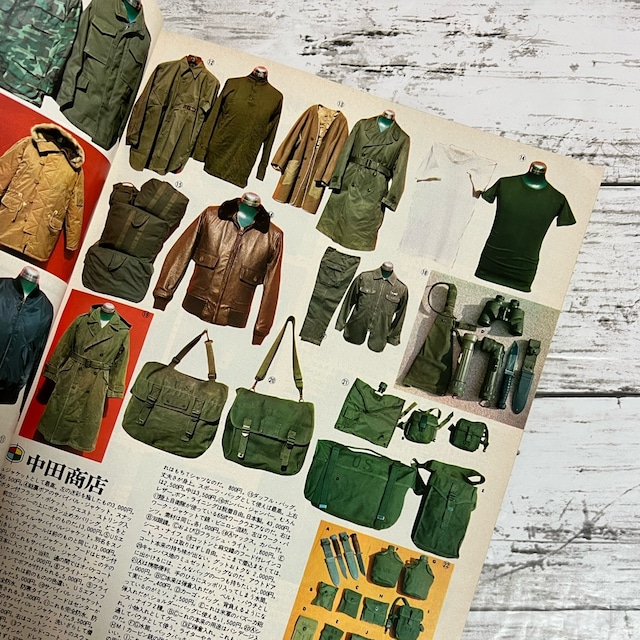
I just read a book called Ametora by a writer called W. David Marx, and hugely enjoyed it. It's a history of the influence of American menswear on Japan, exploring this idea of how Japan has always done Americana better than America but going far beyond that clichè to say something more about cultural influence and global exchange. Chapter by chapter, it covers historical style developments in Japan, looking at various figures, designers, brands, and publications that spearheaded these trends or movements, showing how American fashion trends were imported to Japan, and re- (or mis-)interpreted on arrival. The chapter on denim in particular does this well. In one section about "Ivy League" style in the 1960s, Marx writes about how a group of Japanese journalists took their first trip to America in order to document campus fashions on film, having only understood them previously through rare photographs, product catalogues, or imported books and magazines. Finding that the reality wasn't as stylish as expected, they had to fix the results and fake the footage a bit in order to create a more idealised and sellable image of how Americans dressed to take back home. I really liked the parts that talked about Japanese fashion magazines like Men's Club and Popeye, books like Take Ivy (a photo book linked to the previously mentioned film), or these amazing looking catalogues (Men's Club Sneak Catalog, Do Catalog, or Made in USA Catalog). As you can see from the images here, the writer is an absolute nerd for this print ephemera, and the passion shines through. Though far away from this level, I am really into clothes. I don't spend vast sums on them, but I think about them a lot. I look at what people are wearing, and I think about what they are communicating with the way that the interchangeable pieces interlock and interact to create new modular forms of shape, colour, silhouette, pattern, and shape. I should probably try and read some more books on the history of style.
PERSONAL
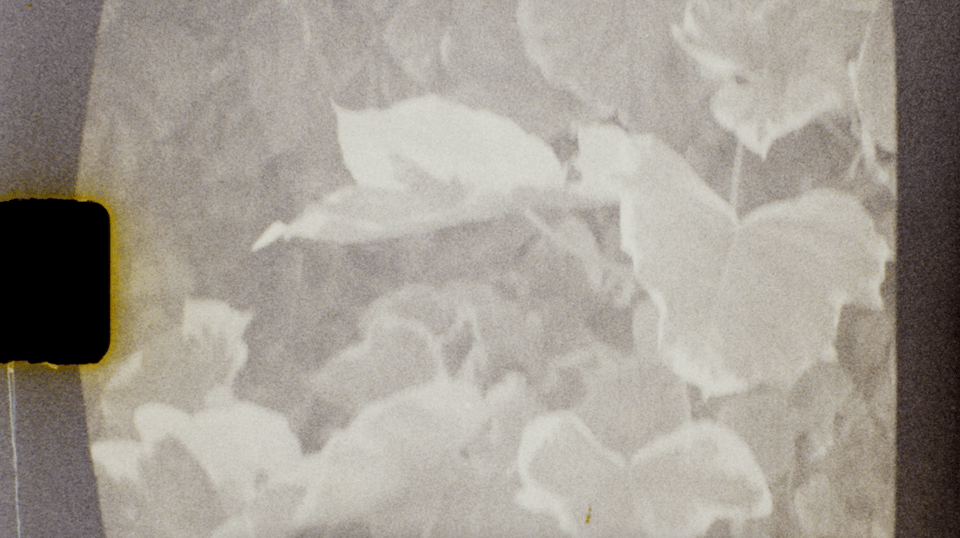
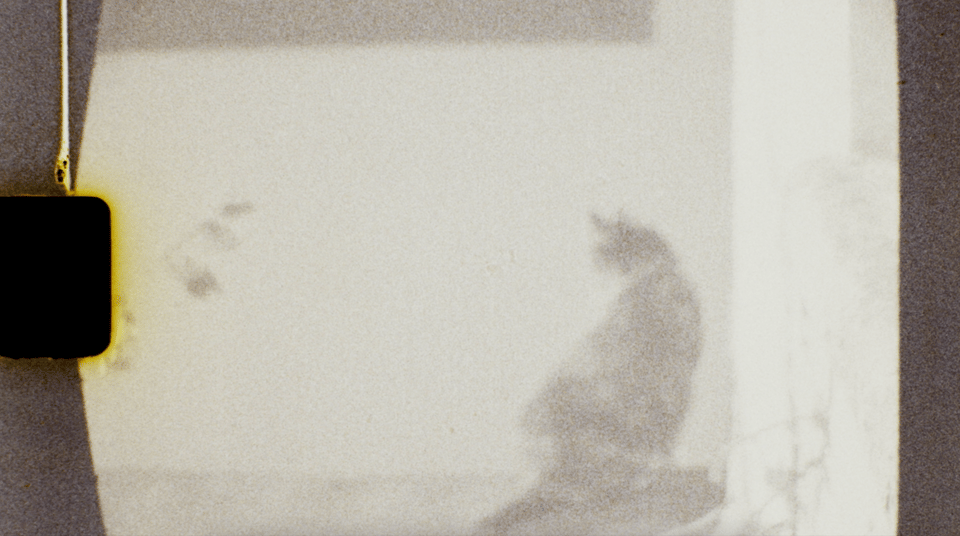
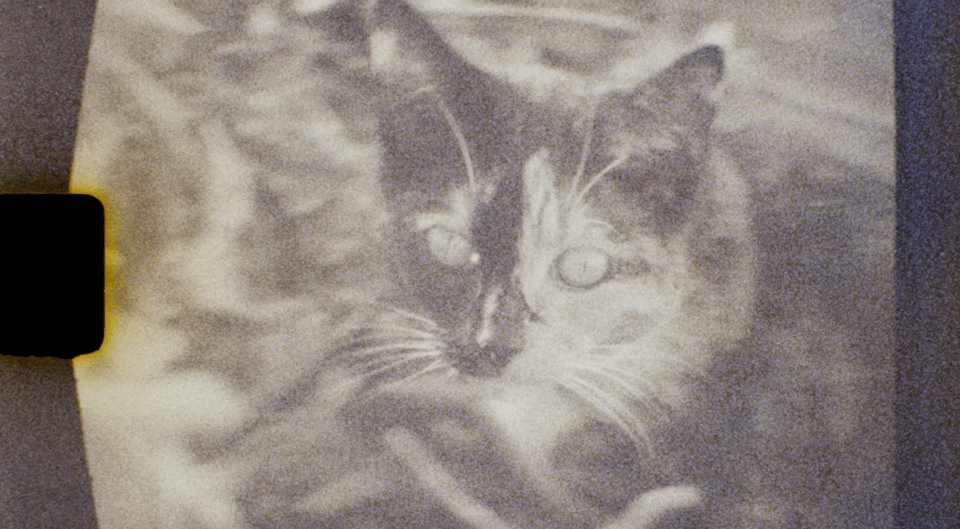
In 2018, when I lived in East Ham, I shot what I thought was two minutes of Super 8 using a borrowed camera. I filmed the cats I lived with then on a roll of colour Kodachrome K40 from the 1970s that I got off eBay, not realising that, since 2005, it's been almost possible to develop this particular type of film. Not knowing this but understanding that development would be expensive, I left the roll under my bed, waiting for some future day. Earlier this year, I decided to do it. I found a woman in Berlin called Dagie, who is able to develop K40, in black-and-white only, using some kind of coffee development solution. I posted her the film, and it got stuck in customs for a bit. She received it, and emailed me to say that there seemed to only be a small amount of material on the film, asking if I wanted it developed and scanned anyway. I said yes, and a few days ago received this file via email. Altogether, it cost me £60. There isn't much, and at least half of the twenty seconds that exist are basically indiscernible, but I really love it nonetheless. Some flowers, Moses, Lillian, flicker, flashes, grain, and big splotches of dark.